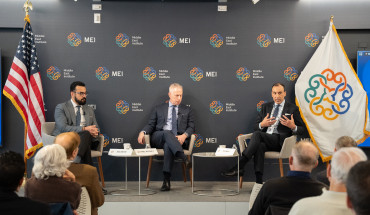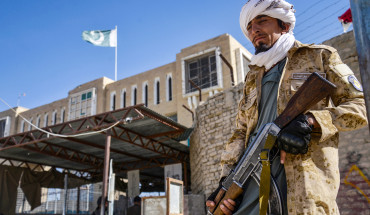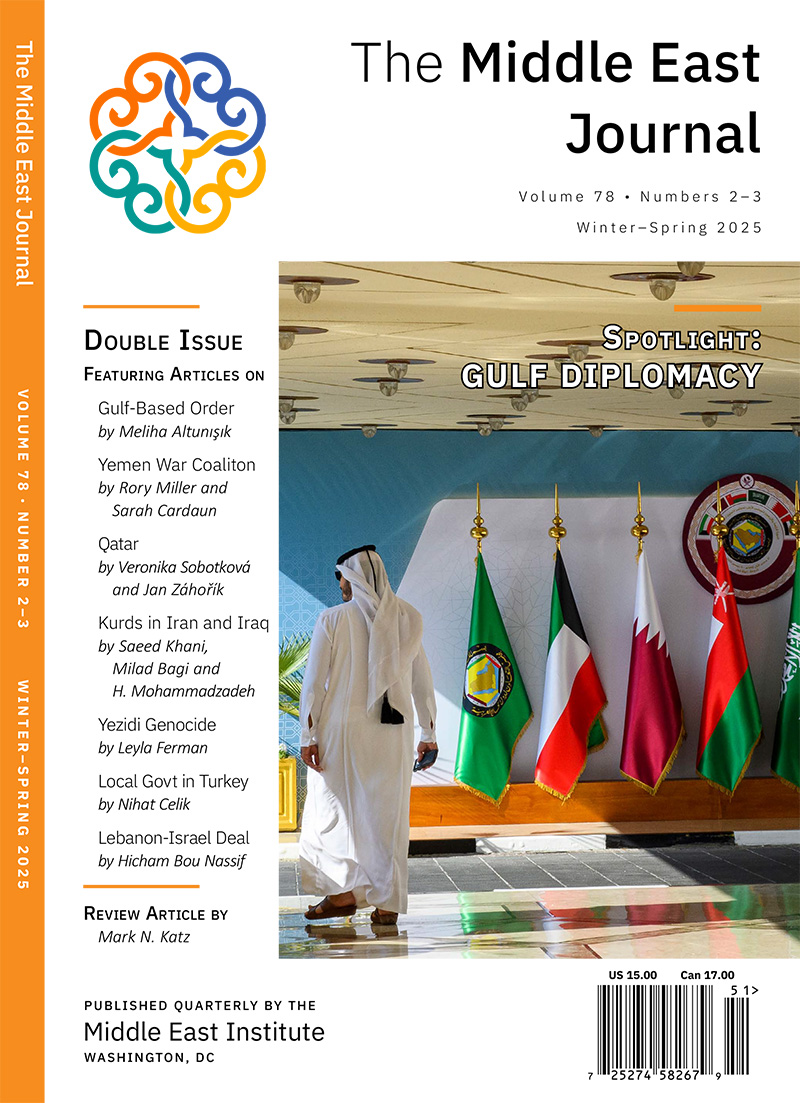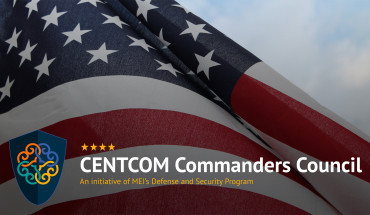So much for the afterglow of US President Donald Trump’s historic trip to the Middle East last week (May 13-16). The harsh realities of the region’s threats and challenges, like Iran and the Gaza war, stubbornly persist following the pomp and circumstance of Trump’s “spring bling” tour, which featured eye-popping dollar figures and an offer of a luxury jumbo jet from Qatar.
The main significance of Trump’s visit is that he recognized something his predecessor did too: the Middle East remains an important arena for geopolitical competition and the global economy. His unconventional economic statecraft combined with an organized media blitz sent a message of reassurance to key US partners in the region.
Keep a close watch on how many of these deals actually come to fruition — especially given the fact that his 2017 Middle East trip featured a blitz of announcements on investments, some of which were not fully realized. This time around, the trillions of dollars of deals Trump has touted, with ever-changing dollar figures, are likely also to prove less than meets the eye. Nonetheless, the strategic opportunity of linking America’s GDP growth to the leading engines of the Middle East’s economy is significant.
A second element worth tracking are the very real threats to regional security that could upend the whole enterprise of achieving economic dividends from increased commerce with the Middle East: unresolved challenges with Iran, Palestine, Syria, Lebanon, and Yemen.
Reality bites Trump’s broader foreign policy and domestic agenda
Trump returned home to face a thorny domestic political problem: disputes in his own party hampering progress towards passing a final budget for the US government. Trump has called for a “big, beautiful bill” that sets the framework for his governing agenda in his second term, but faces a steep climb in both houses of Congress because of sharp divisions between and within both political parties. In the runup to the current debate in Congress, the United States lost its perfect Moody’s credit rating, as concerns about the national debt increased. The center of gravity in America’s policy and political discussions will move closer to home as Trump wrangles with different factions in Congress and deals with the checks and balances of the US political system.
Trump still remains in search of a major, concrete foreign policy win in his second term. His bid to conclude Russia’s war against Ukraine has not succeeded. Trump held his third phone call with Russian President Vladimir Putin since returning to office. But Putin appears to have the upper hand as Trump backed away from his calls for an immediate cease-fire. As Trudy Rubin at the Philadelphia Inquirer put it, “the great dealmaker let the Kremlin boss set the terms.” Despite initially prioritizing an end to the war in Ukraine, the second Trump administration is seemingly settling for far less by allowing Russia’s aggression to stand, which sets a bad precedent for Trump’s broader foreign policy agenda, including in the Middle East.
Four sources of Middle East instability to monitor
The public face of Trump’s trip last week was mostly turned toward business and commerce, but behind the scenes he had many discussions on regional security challenges, all of which could undercut the thrust of his trip if not dealt with properly in the coming weeks. Four key issues to watch:
1. Iran — worries about another diplomatic stalemate and military action. Like Trump’s diplomatic efforts with Russia and Ukraine, getting to success with Iran is easier said than done. After four rounds of talks, the United States and Iran are re-realizing just how wide the gap is on key issues like uranium enrichment. Oil prices jumped this week amid reports of new US intelligence indicating Israel is preparing a possible military strike on Iranian nuclear facilities.
2. Palestine — war in Gaza and threats to stability in the West Bank. The weakest link in Trump’s Middle East approach is how he has handled the Israeli-Palestinian issue. Israel continues to mount a major military campaign in Gaza as the human security situation for Palestinians there deteriorates. At the same time, Israel’s actions in the West Bank, including moves that have displaced tens of thousands of Palestinians, undercut the prospect for a wider stabilization of the regional system. Events in Gaza and the West Bank have prompted countries like the United Kingdom to take measures signaling their disapproval of Israeli actions.
3. Syria and Lebanon — an opportunity for stabilizing the region. Trump’s surprise move to lift sanctions on Syria was a step in the right direction, one driven by concerns that the country could slip into civil war and chaos, as Secretary of State Marco Rubio noted in Congressional testimony yesterday. Lebanon remains an important piece of the puzzle for the broader stability of the region — and a wider push for US and international support to Lebanon can help seize the opportunity created by Hezbollah's losses in the last year.
4. Yemen — the Houthis continue to threaten regional security. Trump’s decision to strike a separate cease-fire deal for America with the Houthis after weeks of an inconclusive military campaign that added to the humanitarian crisis in Yemen has not eliminated threats from the Houthis to key regional partners, including Israel.
In sum, the trade mission focus of Trump’s trip to the Gulf set a framework to seize new opportunities for commerce and business. But all of those visions of a new relationship with the Middle East will remain unrealized without a realistic and pragmatic approach to deal with the thorny security challenges that still loom large across the region.
Brian Katulis is a Senior Fellow at MEI.
Photo by Bahsar Taleb/AFP via Getty Images
The Middle East Institute (MEI) is an independent, non-partisan, non-for-profit, educational organization. It does not engage in advocacy and its scholars’ opinions are their own. MEI welcomes financial donations, but retains sole editorial control over its work and its publications reflect only the authors’ views. For a listing of MEI donors, please click here.













